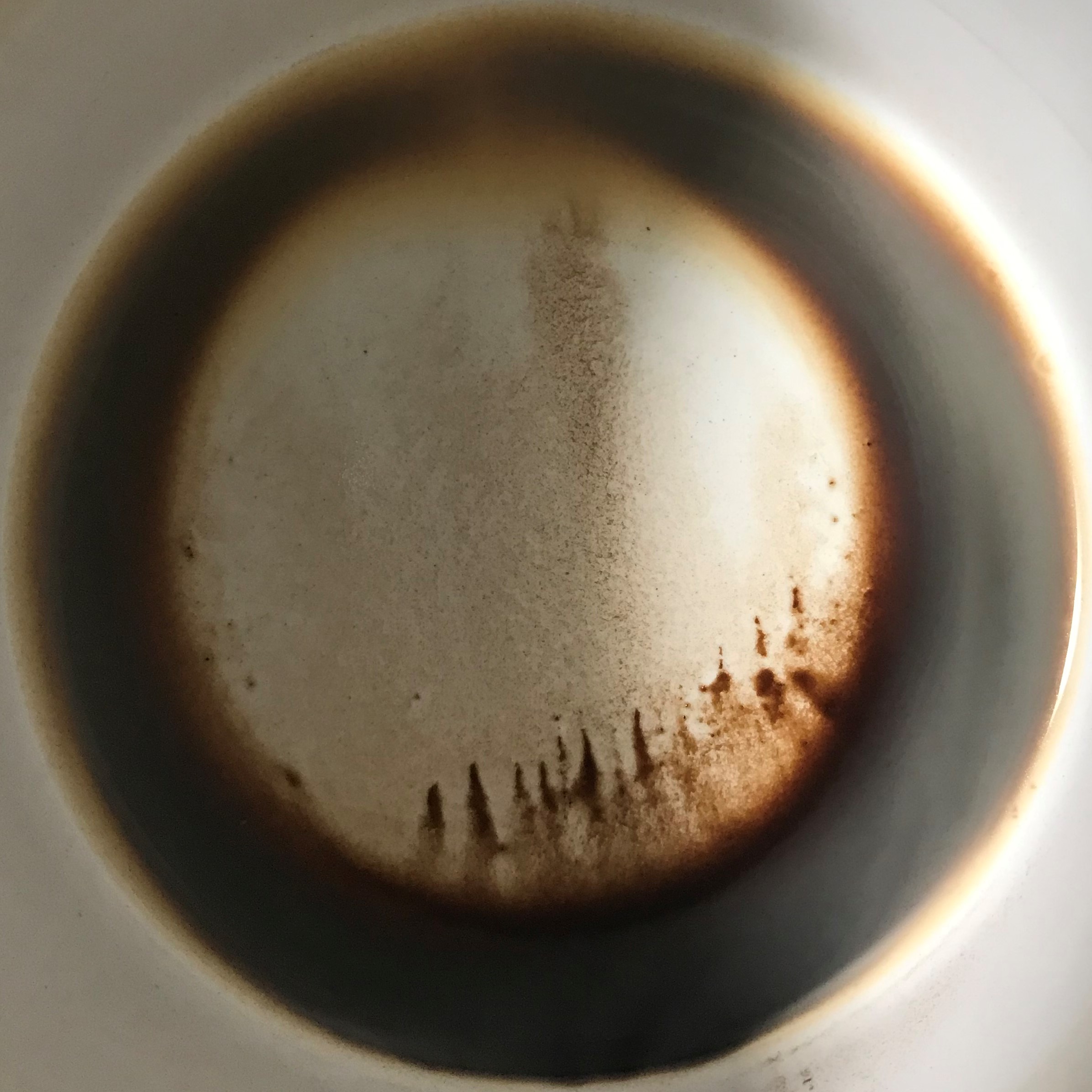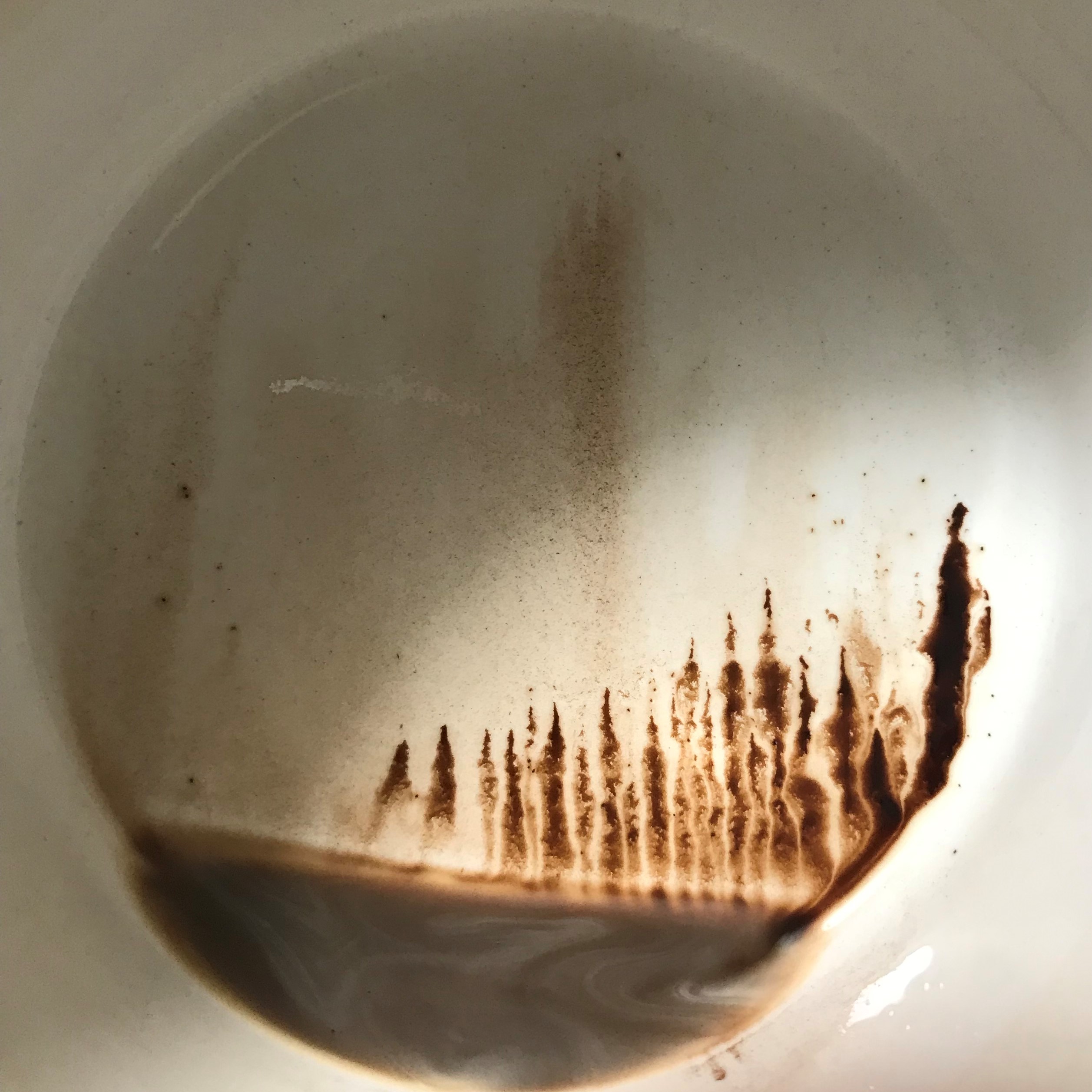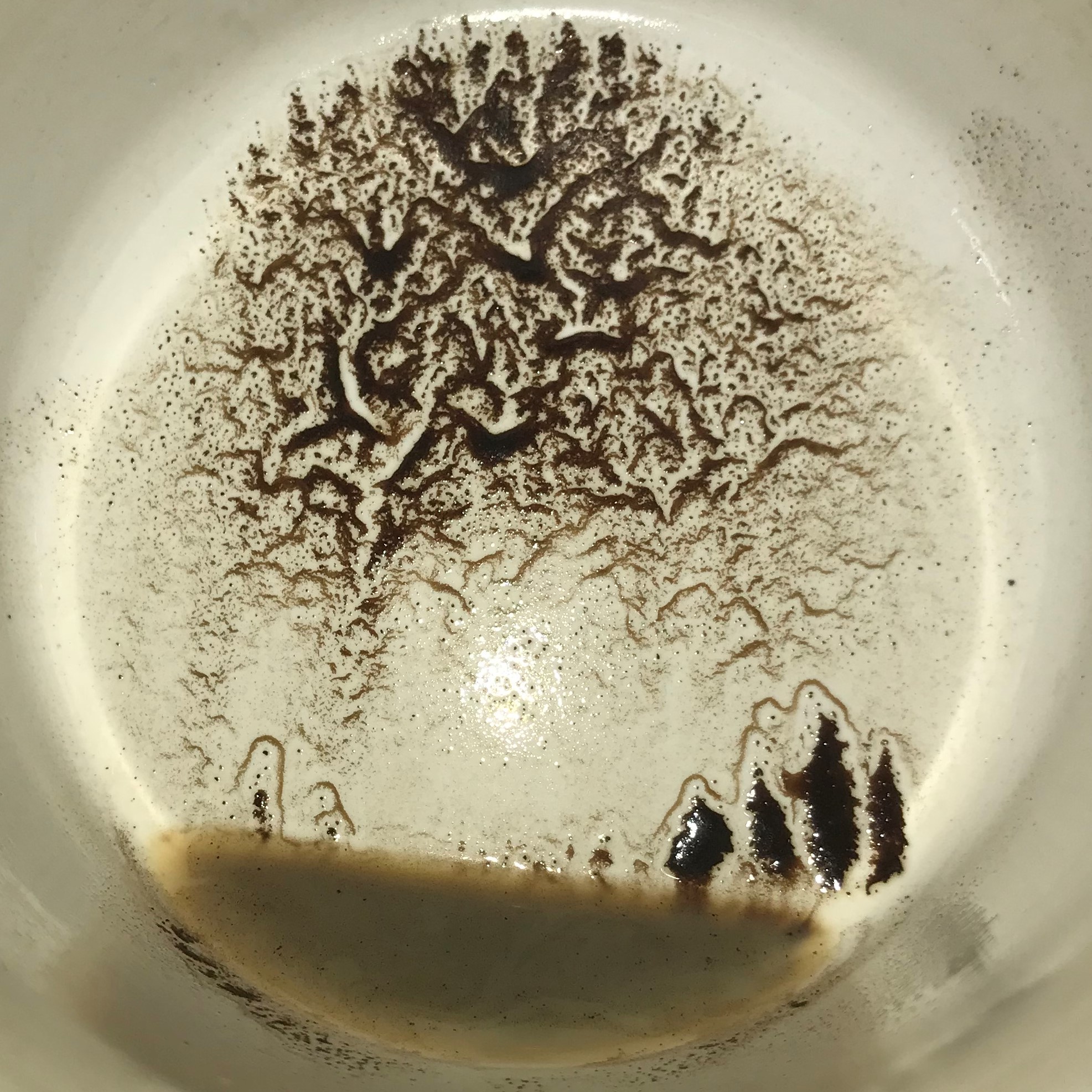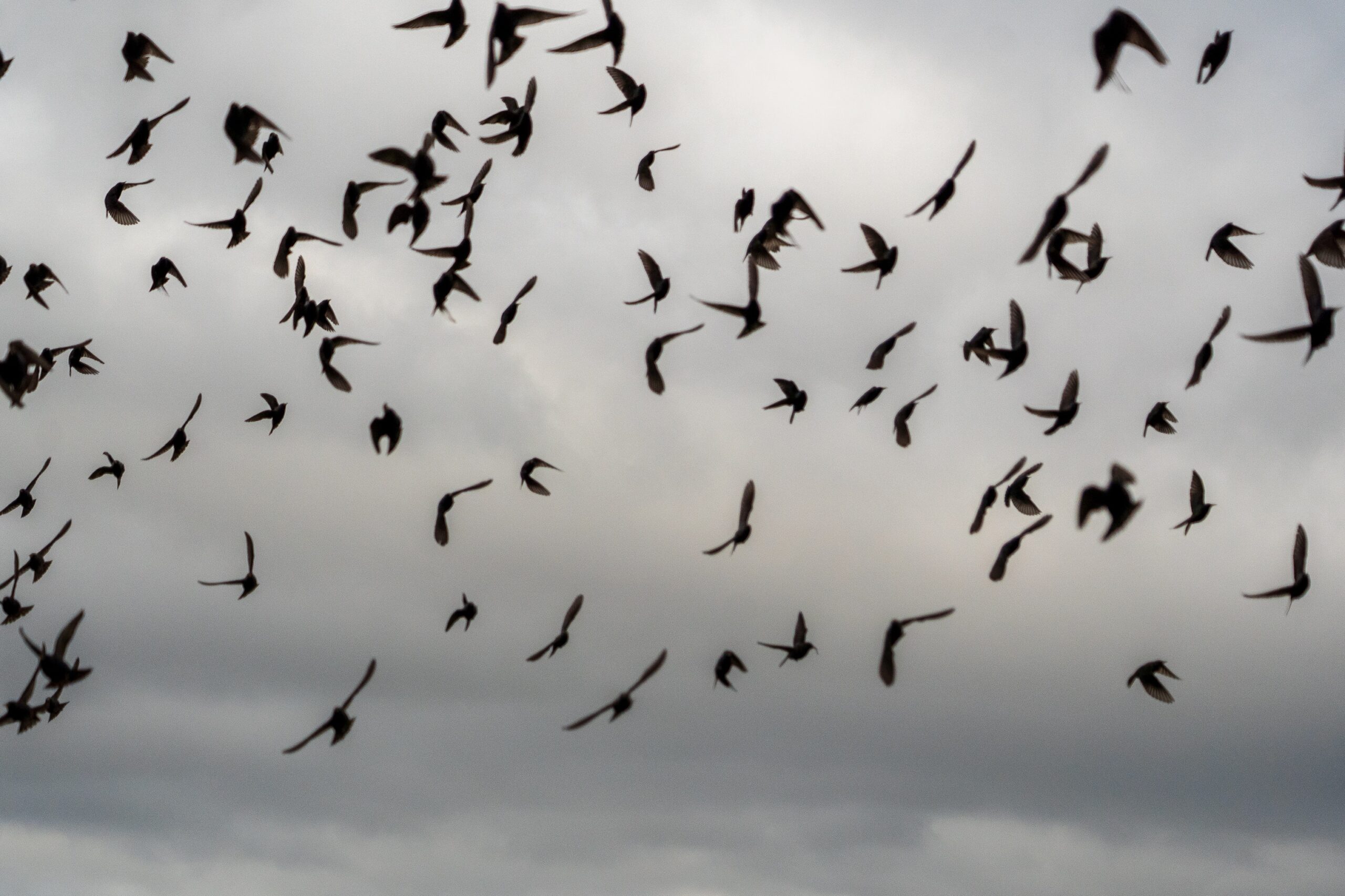If you ask how my novel is going, I might reply “Oh, it’s going.” I’m afraid the vagueness of the statement is a way of avoiding the complicated truth of my work-in-progress. It’s, well, complicated: intricate, constantly evolving, and epic. This means it can be overwhelming and life-consuming, but nonetheless compelling.
Since January I’ve begun thinking of new titles. It’s been Waterwill since its birth… but, as mysterious as it is, it doesn’t quite reflect the spirit of the novel as it once did. For lack of anything better, I’ve decided – for now – to call it Sive Kear, after the narrative character, á la Jane Eyre.
The story itself is, at its heart, the same. But I’d like to think it’s growing up. Sive is growing up, coming into her own. That is the benefit of enduring such a long process of teasing a novel out bit by bit: it evolves and turns corners and never stays the same from draft to draft, version to version. A novel is, in this sense, a living thing. It keeps surprising me, and drawing me back in.
What is Sive’s story? Brace yourself. When I queried agents a few years ago, I called it a marriage of Star Wars and Sherlock Holmes. To some degree it is still true. I’ll give you a teaser:
Five hundred years in the future, Sive Kear is a nurse/nun-in-training on an abbey orbiting a distant planet. She is swept up on a journey with a mercurial man from her past (with the tell-tale name of Dorian) to protect a pregnant runaway from shadowy beings known as ciphers.
I usually keep it pretty close to my chest because it’s so personal and so important to me. It’s not that I don’t want anyone to know; I don’t want someone to take it from me.
A few little curiosities:
1.) Her name is pronounced with a long i, not a long e. “Seeve” is technically correct, as “Sive” is the Anglicized version of the Gaelic “Siabh.” But for my character and this novel, her name rhymes with chive, alive & thrive. Consider it a futuristic deviation. “Kear” rhymes with cheer.
2.) I wanted to write a science-fiction novel that was not heavily dependent on plausible science or explaining everything. While I crave plausibility, I’m more interested in the story and the characters. So… it makes sense to write this from the point of view of a character who is not an engineer, astronaut or scientist. Instead, she’s quite ordinary and a little baffled about the technology that enables people to travel in space. If Sive lived in our century, she’d share my daily stupidity about cars. (“I need the what-belt replaced?”)
3.) My playlist for Sive Kear includes J.S. Bach, Yo-Ya Ma, Florence + the Machine, and selections from Two Steps from Hell (Archangel). Plus other whimsies.
The word count has me right on track. Technically. 155,000 out of 200,000 words. Cool, right? Well, sure, but I have a long way to go. I’m in Phase One: not the beginning of the end, but the end of the beginning, to channel Churchill. Phase One is getting the thing down, no matter how messy. Phase Two will be cleaning up the mess. And believe me, it is one hot, hot mess.
Why 200,000? That’s a lot of words. And, yes, epic.(To compare it to other long, long works, check out this infographic. Jane Eyre is about 184,000 words.) I know that by Phase Two 25% to 50% of that total will be excised… or exorcised, depending on my mood. So 200,000 is really a wide margin for error, rather than a set-in-stone target. I tend to over-write, but that could also be due to the nature of this particular beast: a novel in its 10th (I think) rewrite since 2011.
I’ve learned a lot about my process in this journey. I’m learning that I overwrite – not because I lack discipline – because it takes me a very long time to find my footing and gather my bearings. With this re-rewrite it was doubly torturous, because I was wading through the vestiges of the previous draft, trying to figure out what was still the story and what wasn’t. Now, more than halfway through, I have a much better sense of what is “right” and what isn’t.
I tend to cling to the previous draft like a security blanket… keeping said darlings when they all should be abandoned. I’ve had to remind myself they are not darlings. They’re previous incarnations of characters and story elements that are for the most part redundant. When I go back to revisit those old scenes, more and more I’m finding that they just don’t work for a variety of reasons. Let it go, I say. Not darlings, Jillian, weeds – as high as stalks of corn and as tangled as a briar patch. Only now, I see a way through.
A novel will die a thousand deaths before it truly lives, I think.
I am surprised. When I started this, I wasn’t sure I could do it. I wasn’t sure there was enough living tissue in the story to grow again. Like Mary and Dickon in The Secret Garden, I’ve been flying to every naked branch to see if it’s “wick” or alive.
It has never been more alive. Sive has never been more alive.







